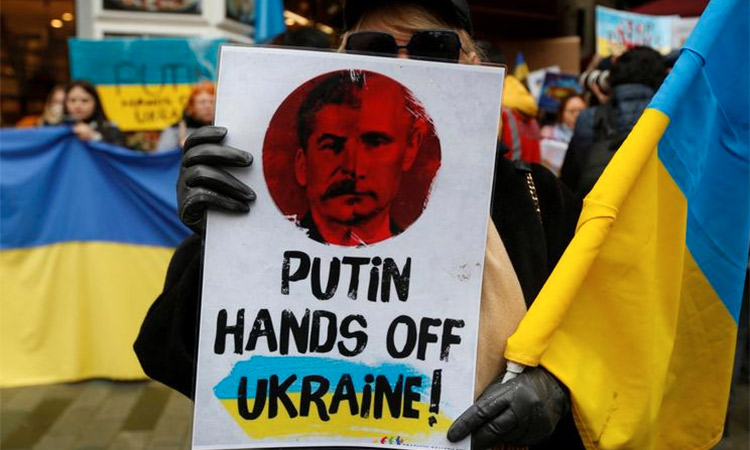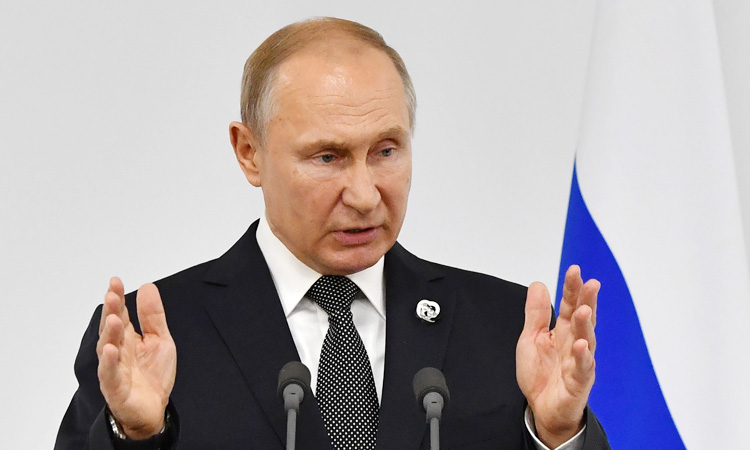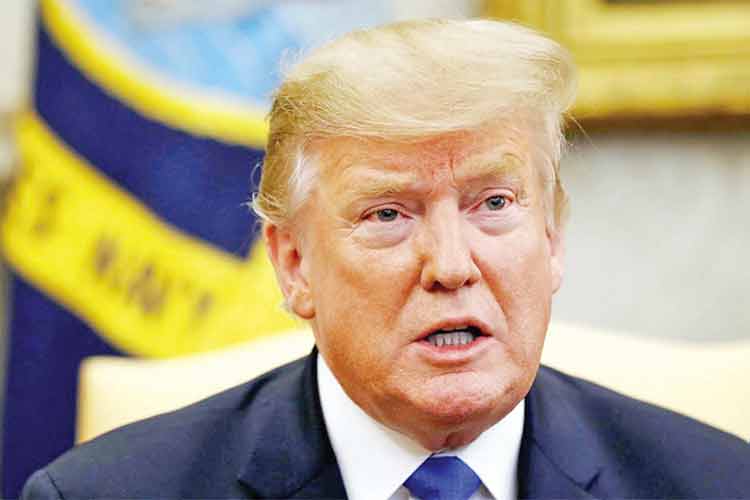US, EU, Nato express resolve over Ukraine

Ukrainian servicemen unload anti-tank missiles provided by the US to Ukraine at Kyiv’s airport AFP
But Ukrainian President Volodymyr is not satisfied with the strong words of US, EU and Nato. He wants a no-fly zone to be imposed over Ukraine to protect the cities from Russian aerial attacks, but the West is not willing to cross the red line it has imposed on itself. However, humanitarian aid has been increased to the tune of $1b by the US, and military aid has been stepped up too. But it may not sustain Ukraine despite its brave resistance for the last four weeks. Russia remained defiant, and it is demanding that the European countries pay in roubles for the gas they buy from Russia. On their part, the European countries are not yet willing to impose sanctions on Russian oil and gas because that would create a disastrous energy crunch on the continent. Europe has however promised to taper its dependence on the Russians for their energy needs. But that will not be of immediate help to the besieged Ukrainians.
Nato has announced that it will deploy its troops in the Baltic republics of Lithuanian, Estonia, and Latvia because they are seen as the weak link on the border with Russia. Nato also proposes to keep its troops in the east European countries, which formerly formed the Warsaw Pact group under the Russian – then Soviet Union – aegis.
There is then a virtual Nato encirclement of Russia, something that Russian President Vladimir Putin wanted to avoid, and it was one of the major reasons that he has invaded Ukraine. It looks like that Russia has this very encirclement which it did not want. And the war in Ukraine has nearly turned into a war of attrition.
Western military observers and experts are saying President Putin has miscalculated on the military front, and he is now stuck. One of the obvious blunders seems to have been the long Russian convoy that was moving towards the Ukrainian capital, Kyiv, but which got bogged down in the slush as the winter snow melted, and the fuel supply became a logistic nightmare on the long narrow road. And the resistance of the Ukrainian forces has grown. According to latest reports in the Western media, Ukrainian forces are pushing back Russian troops to the east of Kyiv.
It may be too early to say whether Russia has created an Afghanistan for itself in Ukraine. The decade long occupation of Afghanistan in the 1980s provoked economic sanctions from the Western world and it had considerably ruined the then paralysed economy of communist Russia.
The Russian economy today is relatively stronger and flexible today that it was during the Soviet period of 1980s, but the sanctions are going to hurt Russia because its economic buoyancy was due to transactions in dollars and the great interest that the European and American multi-national corporations showed in investing in Russia. They have all pulled out and it will have its negative impact on Russian economy.
And its military may not be able to sustain its superiority over Ukraine in the straitened economic circumstances. The West is resting on the strong assumption that an economically weak Russia cannot sustain the war in Ukraine as it was not able to do so back in the 1980s in Afghanistan.







